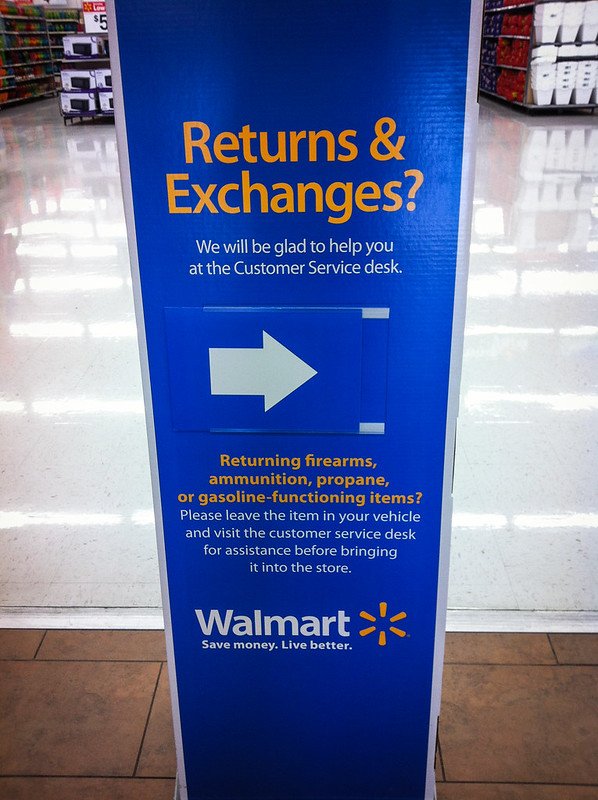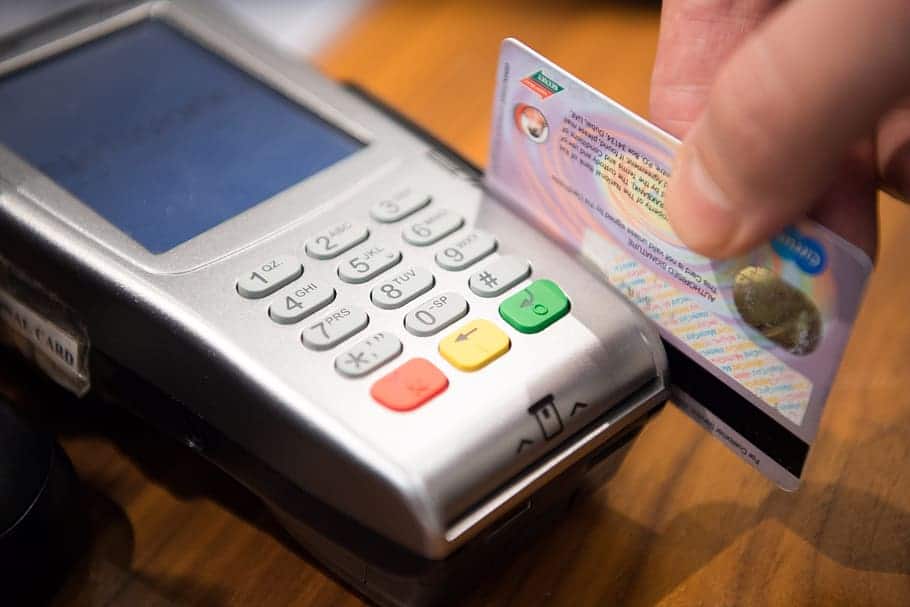How to Optimize Your Customer Return Policy
Last Updated on March 8, 2021 by Corepay
In the world of retail sales, the omnichannel has been a boon to consumers, providing a universal experience whether shoppers are in the store, shopping online, perusing the app, or opening a package shipped to their home. And while this has also made marketing and inventory management a lot easier for retailers, the returns process has created a bit of a headache. Some retailers have been struggling with how to handle a customer return policy, and the COVID-19 outbreak has only illustrated the bigger problem.
For many retailers, the customer return policy is fairly simple: If you buy in the store, you return to the store. If you order online, you ship it back.

And if I ordered online, I should be able to return without calling to get the return authorized. There should also be a return shipping label included. Best of all, if should be free.
While retailers may not like the idea of easy returns, it’s a sure way to guarantee customer loyalty for years to come.
Remember, a return doesn’t mean the customer is dissatisfied with you, there was a problem with the order. It was the wrong size, it didn’t fit, it didn’t look good, there was a mistake with the order, they ordered the wrong product, their spouse got it for them for their birthday. Any number of reasons.
But if they can’t make that return quickly and easily, you may have kept the sale, but you could lose the customer forever.
How Important are Easy Returns?
Companies like Zappos made a name for themselves because of their generous free returns policies. You could order five pairs of shoes to see which ones you liked, and ship back the pairs you didn’t like. For free.
That move alone built such a loyal base that Amazon was happy to pay nearly $1.2 billion to acquire the company in 2009.
Companies can simplify their returns by using reusable boxes, pre-printed return labels, and eliminating the pre-authorization call. If you work with a drop shipper, you can supply them with branded packing materials; a lot of drop shippers will accept returns, but if they don’t, there are third-party returns specialists that will handle them for you.
Are There Downsides to Easy Returns?
Yes, there are some downsides to making returns so easy for your customers.
For one thing, there’s the cost of pre-printing boxes and labels. Every label that goes out may only cost $.10 or so to print, but if you only have a 2% return rate, that’s $.20 out of every $10 being used. The other $9.80 is wasted.
For another, returns do mean lost revenue. If you had a slow week, how much worse will that week be when you have to give back 10% in returns two weeks later? Repeat customers will more than make up for the returns they give you, because they’ll keep coming back. But those first-time shoppers may not return depending on their reason for the return in the first place.
Furthermore, you have to decide what you’re going to do with the returned goods. Are they broken or damaged? Can they be refurbished and resold? Who’s going to do that? Can they be restocked? Who’s going to do that, and what if the stocking warehouse is in another part of the country?
There are a lot of downsides to returns, but you can keep things easy even while you reduce the number of returns people make.
How Can You Optimize Your Returns?
It’s an important principle in manufacturing, and it should apply in retail as well: Measure EVERYTHING.
In manufacturing, they measure how many units they make without defect, how many units one person can make in an hour, and how long the machines can run before breaking down.
In retail, you should measure how long it takes items to ship, what kinds of coupons and specials are bringing in sales, which items sell the most, which items are returned the most, and most importantly, why are those items returned?
If you can answer this last question, you’re well on your way to eliminating those returns. If people are having size issues, redefine what the sizes mean. If they didn’t like the color, upload more and better photos to your website. If people are receiving the wrong item altogether, provide more training for your shipping department or find people who know how to read a packing list.
To reduce returns in the first place, find out what’s causing so them and eliminate the problem.
Next, examine your product descriptions and photos. The more you detail can provide, the better. Talk about how things are made, report every dimension and spec, upload photos of every possible color. Nobody ever refused to buy something because they had too many details, and it’s hard to argue an item was “so damn red” when there were 10 photos showing just how red the item was.
Besides, more information will often lead to more sales. Even if a competitor is selling the same item, you’re more likely to get the sale because you had more information. The customer may even believe it’s a different (and better) item.
Third, create a plan to deal with all the returns. Where are your damaged items going? Are they going to the same place as the wrong size/wrong color orders? Can you recover these items and resell them, or is that a bigger loss to process everything?
Finally, set a limit for automatic refunds, such as anything under $25 will be automatically refunded, or at least the customer will receive a credit voucher, which means you don’t have to pay for the return itself. The customer can keep the item and request a new one, or use the voucher for something else. You were going to lose the money on the refund, but at least you’ve eliminated the return shipping cost.
Also, the nice thing about a voucher is that your customers may spend additional money to get something else they want. Just remember to keep track of that customers’ returns and keep an eye out for repeat returns and fraud patterns.
In the end, just remember that returns may result in chargebacks for your business if you don’t handle them carefully. Chargebacks are always much more expensive than just plain returns. So even if you don’t want to accept a return, do what you can to avoid the chargeback in the first place.
Are you having problems with too many chargebacks as a result of poor returns? Corepay can help. To learn more, please visit our website or call us at (866) 987-1969.
Photo credit: Clemens v. Vogelsang (Flickr, Creative Commons 2.0)
We appreciate you following Corepay’s blog. Let’s collaborate, send us your article suggestions, questions, and/or feedback to: [email protected].




